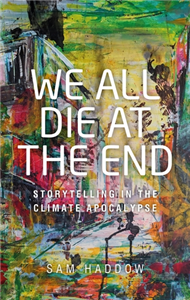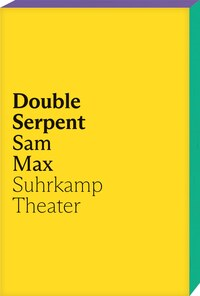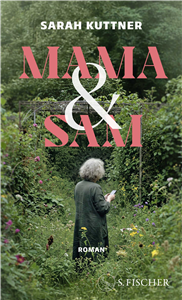Al Hadaek Group
Dar Al-Hadaek is a Lebanese publishing house specialized in the publishing and distribution of Arabic children's books in the Arab world. Established in 1987, Dar Al-Hadaek has published more than 450 titles to date and is a member of the following organizations: the Arab Children’s Book Publishers Forum / Dubai, the Lebanese Board on Books for Young People (LBBY) - the Lebanese Publishers’ Syndicate and the Arab Publishers’ Association. A number of its publications have been translated into the following languages: German, Persian, Turkish, English, and French. Dar Al-Hadaek has received both local and international awards in several categories including idea, content, illustration and production: -Outstanding books award for and about children and young people with disabilities IBBY Book including: -Appreciation award for children's books in Bratislava BIB category 2017. -Mentioning in The White Ravens International youth library - Munich -Sharjah International Book Fair Award. -Etisalat Award for Children's Book. -Sheikh Zayed Award -Arab Children Book Publishers Award: -Boughsian / Al-Sabeel Prize for Children's Literature. -Arab Cultural Club Prize - Lebanon. -Qitabi Award for Child Literature. -Award of the Lebanese Association for Children's Books.
View Rights Portal



























